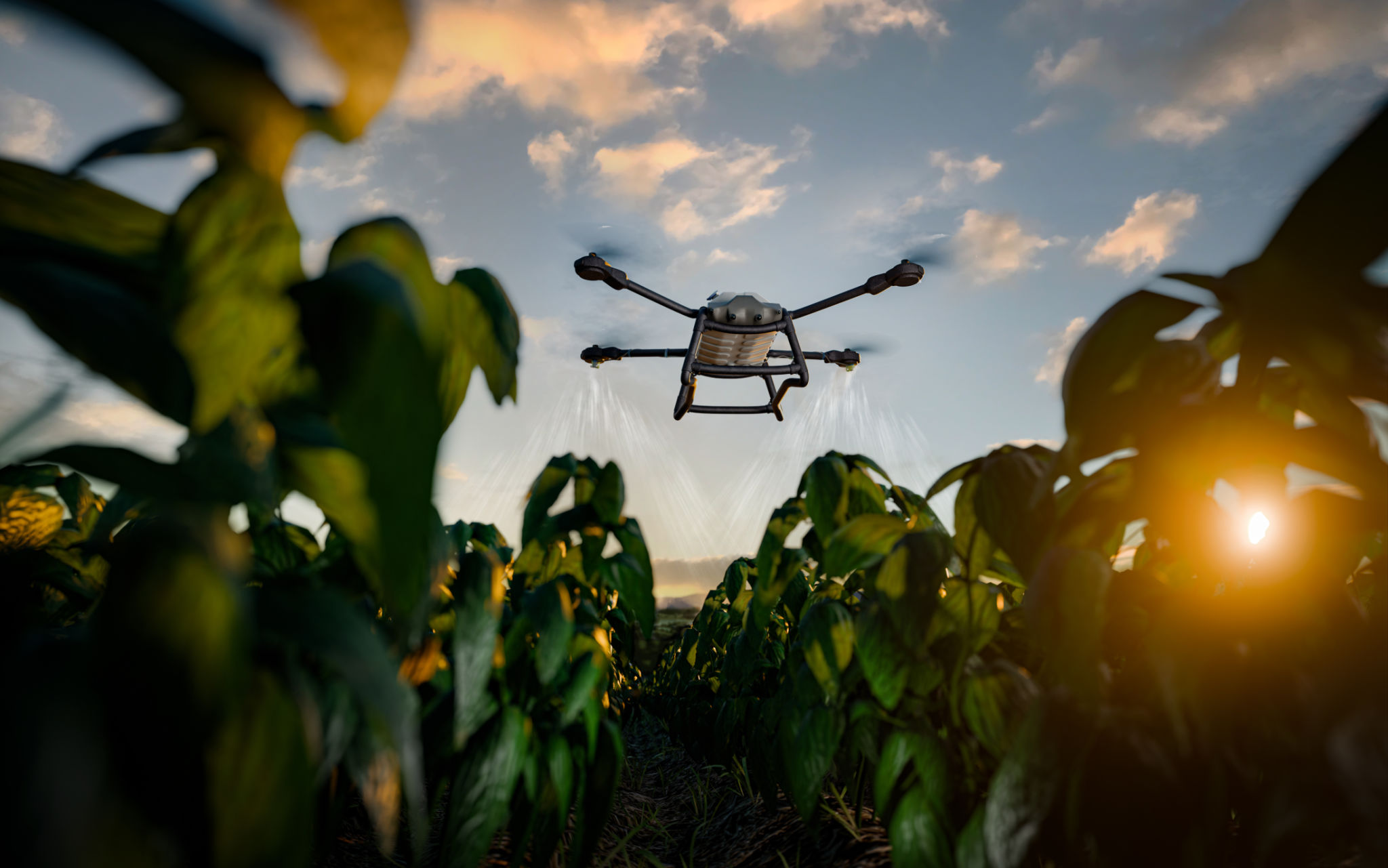Innovative Uses of Drones in California's Agricultural Industry
Revolutionizing Agriculture with Drones
California's agricultural industry is known for its innovation and productivity, and the introduction of drone technology is taking it to new heights. Drones are becoming an indispensable tool for farmers, offering unique solutions for monitoring crops, managing resources, and increasing overall efficiency.

Precision Farming and Crop Monitoring
One of the most significant advantages of using drones in agriculture is the ability to conduct precision farming. Drones equipped with advanced sensors and cameras can capture detailed images of fields, allowing farmers to monitor crop health with unprecedented accuracy. This real-time data helps in identifying issues such as pest infestations, plant diseases, and irrigation problems before they escalate.
By analyzing this data, farmers can make informed decisions about where to apply fertilizers or pesticides, ensuring the optimal use of resources. This not only enhances crop yield but also contributes to sustainable farming practices by reducing the need for chemicals.
Efficient Resource Management
Resource management is another critical area where drones are making a substantial impact. With the ability to cover large areas quickly, drones can help monitor water distribution across fields. They can identify areas that are over or under-watered, enabling farmers to adjust their irrigation systems accordingly. This ensures that crops receive the right amount of water, reducing waste and promoting efficient water use.

Additionally, drones can assist in soil analysis by collecting samples from different parts of a field. This information is crucial for understanding soil health and nutrient levels, allowing farmers to tailor their fertilization strategies to meet specific needs.
Pest Control and Disease Management
Drones equipped with thermal imaging cameras can detect changes in plant temperature, which may indicate the presence of pests or diseases. Early detection is crucial for managing these threats effectively. By identifying affected areas quickly, farmers can target their interventions more precisely, reducing crop loss and minimizing the use of pesticides.

The ability to rapidly deploy drones over vast fields also enhances the speed and effectiveness of pest control measures, ensuring that interventions are timely and targeted.
Enhanced Data Collection and Analysis
The data collected by drones is invaluable for long-term planning and decision-making. Advanced analytics platforms can process this information to generate insights on crop performance, weather patterns, and market trends. Farmers can leverage these insights to optimize their operations and improve profitability.
Moreover, drones facilitate better record-keeping and documentation, providing farmers with a comprehensive overview of their farming activities. This is particularly beneficial for compliance with regulatory requirements and for securing loans or investments.
The Future of Drones in Agriculture
As drone technology continues to evolve, its applications in agriculture are expected to expand further. Innovations such as autonomous drones and AI-driven analytics will offer even greater capabilities. Farmers will be able to automate routine tasks, freeing up time and resources to focus on strategic initiatives.
The integration of drones into California's agricultural landscape represents a significant step forward in modern farming. By embracing these technologies, farmers can enhance productivity, promote sustainability, and ensure the long-term viability of their operations.
